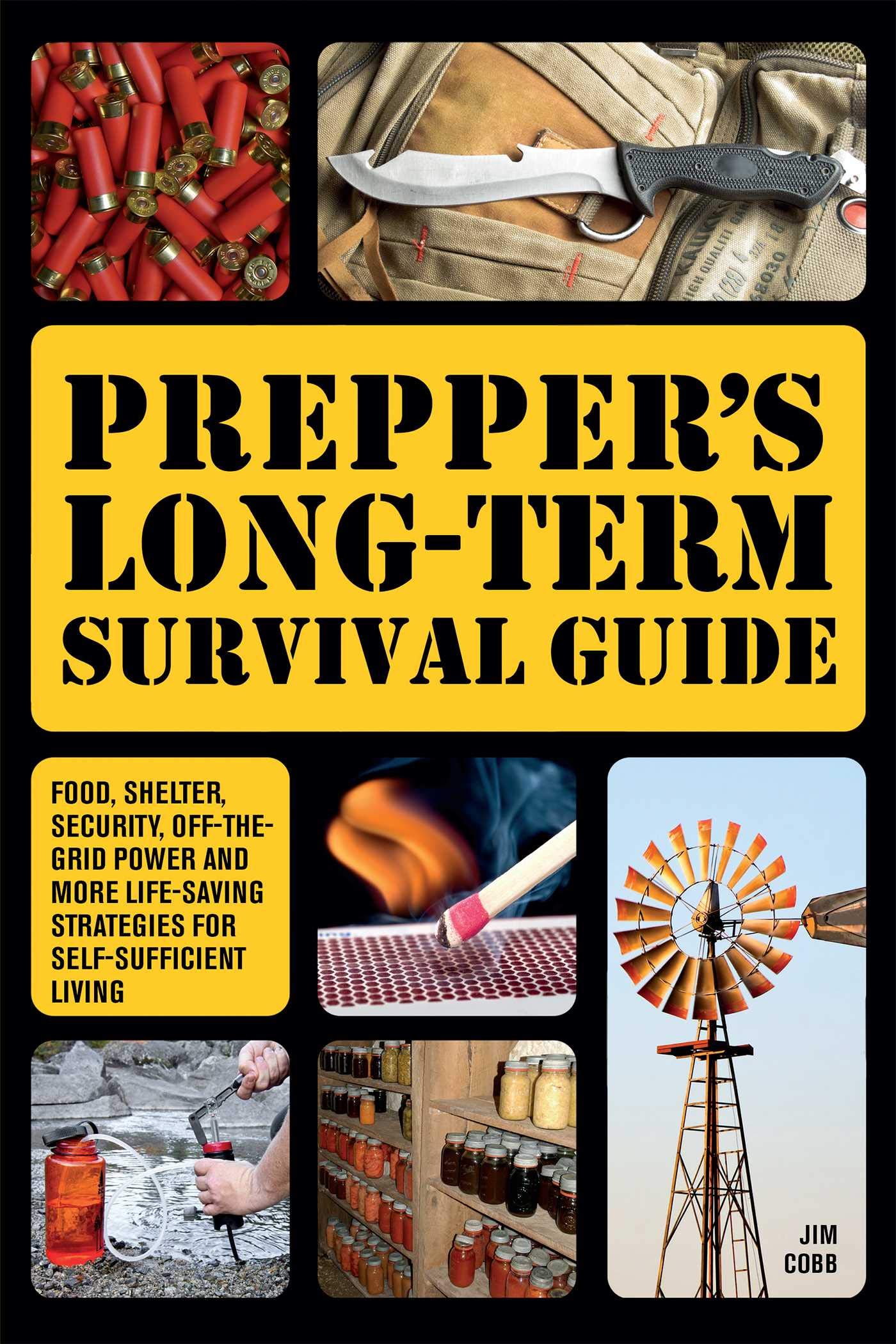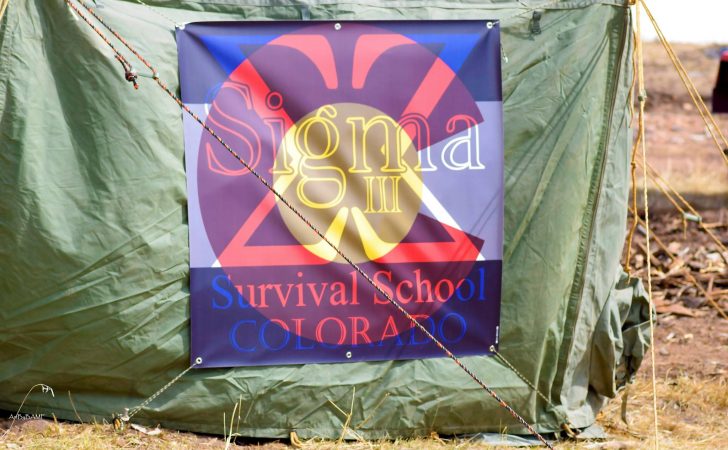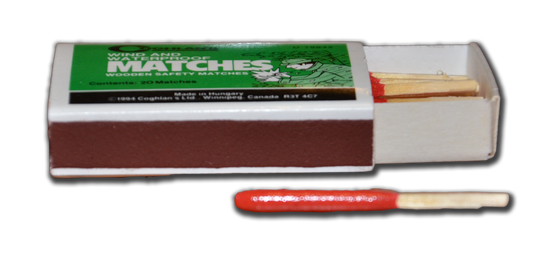
Performing first aid in the wilderness is more difficult than in a city, since you must spend more time on the patient. You must clean wounds and change bandages, and purify water if necessary. Additionally, you need to be prepared for varying temperatures and weather conditions. Here are some tips to help you do first aid in the wild. Learn more about wilderness first-aid! Here are the steps to take in order to be prepared for your first wilderness first-aid class.
Foot care
You need to be aware of what to do if you plan to spend some time outdoors. Hot spots, which are red and often painful, result from your feet rubbing against your shoe's sole or socks. To alleviate the pain, wrap the area in a bandage. If necessary, you can also apply antibiotic cream. For this purpose, you can use athletic tape. A piece of athletic tape can be used to cover your feet if you aren't sure how to apply it.
Treatment of wounds
There are unique challenges to managing wounds in wilderness settings. Though many wounds are easily treatable, the wilderness environment can pose significant challenges for wound management. Not only are there fewer resources available, but wilderness wounds can also develop complicated conditions that make them more difficult to manage. This review provides evidence-based guidelines to help manage basic wounds in the wilderness. The guidelines are graded by their clinical strength and the quality of the evidence supporting them.
Sterile water is a necessary part of a proper treatment plan for wounds in the wilderness. It is important to clean the wound and get it dressed as soon as possible. Stitches and other surgical dressings are not necessary. However, sutures are an option for severe wounds. But, in the wilderness, sutures can be a last resort and may cause more damage. The dressings must be changed at minimum twice per day in order to keep the wound clean. For larger wounds, a wet-to-dry dressing can also be useful. To make the dressing, sterilized water is used.

Treatment of snake bites that are venomous
First, identify the snake that bit you. Once you have identified the snake that bit your skin, take immediate steps to stop its venom spreading. Use pressure immobilization bands to stop the venom moving through your lymphatic systems. Make sure to clean and wrap the bite.
Second, be sure to get to the hospital in a hurry. If you're hiking through the wilderness, it may be a good idea to wait until an ambulance arrives. Antivenin can reverse the effects from snake venom. You should seek treatment immediately for minor snake bites. Antivenom is the only effective treatment for serious snake envenomation. You can apply a bandage if you cannot get to a hospital.
Preparing to teach wilderness first aid
A wilderness first aid course prepares you for emergency situations that may occur in the wild. It is your primary goal to provide first aid for an injured person. It is impossible to predict when an emergency will occur and you might be the only one nearby. Training in wilderness first aid is a great way to prepare for any emergency. By learning wilderness first aid, you will not only be able to help a person who is injured but also be more confident in your ability to help.
The wilderness first-aid courses are useful for all types of outdoor activities, including camping, hiking and climbing. The courses take approximately 10 hours to complete and cover advanced patient assessments, improvised tools, and wilderness-specific conditions. These courses are intended to make you a better decision-maker in case of an emergency, which will save you time, money and help you conserve your human resources.

FAQ
What should you pack in a bug out bag?
A Bug Out Bag (BOB) is a kit designed to help you survive 72 hours without food, water, shelter, or communication. The kit includes a flashlight, whistle and fire starter as well as a whistle, flashlight, whistle, handkerchief, match, rope, matches, rope, handkerchief, toilet papers, hygiene items, sunscreen, sunglasses. It also contains a hat, bottled drinking water, energy bars, batteries, an emergency blanket, and other necessities.
Remember that you'll probably only use half the items in your BOB. You should make wise decisions.
What do I need in order to prepare for my doomsday?
You will first need to find out information about your local area. What kind of natural disasters can happen in your region? Are there any major risks?
If you live in a flood zone, you will want to think about purchasing a flood insurance policy. Flooding can be a major threat to your health during a crisis.
If you live along coastlines, you may want to purchase tsunami insurance. Tsunamis are caused by underwater earthquakes. They can strike without warning so it is best to be prepared.
Next, consider how long you will be able to survive on your own. How long can you survive on your own?
Are you going to be away for only a few days? Will you be away from your home for weeks, or months?
Will you be living alone? You will likely need a weapon if you live alone. You can choose between a gun and a bow-and-arrow. It doesn't matter what type of tool you choose, just make sure that you are comfortable with it.
You'll need tools such as a shovel and axe, saw, saw, hammer, nails and rope. These are tools that can be used to create shelters or makeshift weapons.
Last but not least, make sure you have enough water and food. Make sure you have enough food for several days.
Keep in mind that not every item on this checklist needs to be purchased. But you should at least get started.
What should I get first in preparation?
Make sure you bring enough water for everyone on your trip. These are vital!
Make sure you have enough sunscreen lotion. You will need sunscreen lotion, no matter where you are going.
Don't forget extra batteries for your electronics. Last but not less, don't forget a few pairs sunglasses. You will not know how bright it is until you actually get there.
Is there a place where most doomsday preppers reside?
Most people who are prepping for an apocalypse tend to live in rural areas. Because they are more likely to survive a collapse of society, this is why they tend to live in rural areas. They also have a greater likelihood of finding supplies if there's less competition.
If you want to survive, you need to find a place where food, water, shelter, and other basic necessities are plentiful.
You can find the best places to go in areas with low population density. It is easier to survive if there are fewer people.
What every doomsday apologist should know?
Not only what you need, but also the amount of it. The simple answer is that you must first learn to live off land if your goal is to survive.
You will find many options to prepare yourself for an emergency. This list doesn't mean you have to buy everything. You should know at least where to begin when you prepare for disaster.
The most important thing is to make sure you're prepared for anything. You must be prepared to do anything if survival is your goal.
Statistics
- Approximately a hundred and seventeen million people earn, on average, the same income they did in 1980, while the typical income for the top one percent has nearly tripled. (newyorker.com)
- A gravel bike was the clear winner, receiving more than 90 percent of the votes. Background: This summer, we surveyed our readers about what they’d shove into a backpack if they were caught unprepared for the collapse of society. (inverse.com)
- Some 57.2 percent of voters chose Crocs, proving that comfort rules. Background: This summer, we surveyed our readers about what they’d shove into a backpack if they were caught unprepared for the collapse of society. (inverse.com)
External Links
How To
How to Find Potable Drinkable Water in a Survival Situation
Finding potable water during a life-threatening emergency can save your life. It is essential to learn how to find potable drinking water quickly and efficiently when you're in survival situations. You must ensure you have enough water for survival until help arrives. Without access to clean water, you can become dehydrated and get sick.
This article will cover some tips on finding safe water during emergencies. We'll cover what types of water sources there are and which ones are best suited for different situations. We will discuss how to filter and purify water so that it is safe for drinking. The last thing we will discuss is how to store water.
What Types of Water Sources are There?
If you are in the wild, there will likely be water sources nearby, including streams and lakes, rivers, springs or oceans. These water sources are available throughout the year or only during certain seasons, depending on where they are located. There are several factors that you need to consider in order find the right water supply for your location.
First, consider whether or not you will be able to obtain fresh water. This means that you will need to assess whether you have easy access either to water from streams, rivers, lakes or the ocean. The second thing you need to consider is whether you will have clean water. Because it is difficult to treat water contaminated with urine and feces, you should not collect it. Third, you'll need to think about how much water you plan on needing. You will need to consider how long you are going to be out of your home, how dry and hot it is, what size your family is, and how many people you have. Fourth, you will need to determine how to transport the water. Some water sources aren't easily accessible, making transportation difficult. A heavy container filled with water might be necessary to transport it uphill. Finally, you'll need to factor in the weather conditions when choosing a water source. While a stormy day may mean you should not rely too heavily on rainwater to get water, a sunny day might permit you to collect water without concern about it being contaminated.